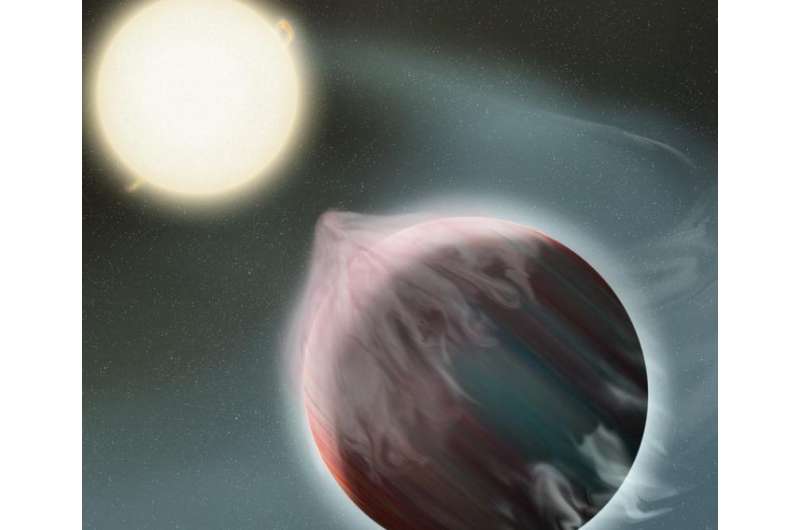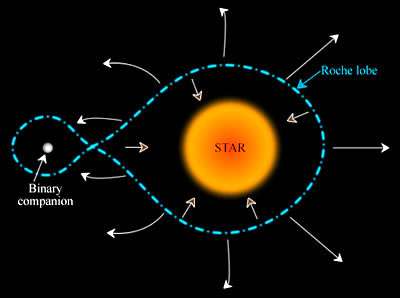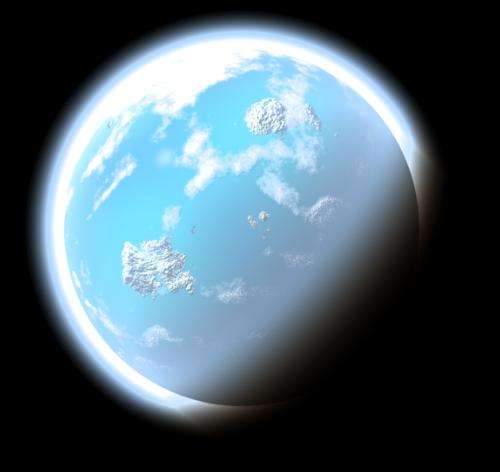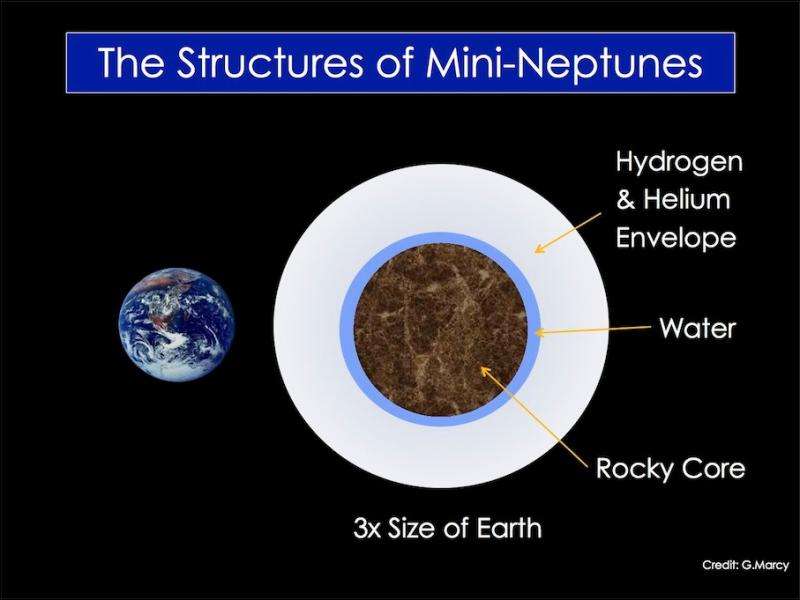Mini-Neptunes might host life under right conditions

M-dwarfs, which are cooler than our sun, have habitable zones closer to the stars. As such, any habitable planets orbiting these stars would transit frequently, making the chances of discovery better.
It sounds promising for astrobiology, yet life on a planet orbiting close to an M-drawf would face hazardous conditions. These stars are extremely active in their early years, and any nearby planet would likely get blasted with high energy radiation that would make it hard for life to take hold.
Also, such close orbiting planets are unlikely to have water. In the proto-planetary disc that surrounds a young star, ices can only condense at a far enough distance where it is cool. This is what allows gas giants to become so massive, as they can accrete ice as well as gas and dust. With this increased core mass, they can then sweep up hydrogen and helium to create an extensive gas envelope.
The boundary beyond which ice can form is known as the "snow line," and planets forming in the habitable zones of some M-dwarfs are so far inside the snow line that they are devoid of water.
But what if a gas giant migrated into the habitable zone? Astronomer Rodrigo Luger of the University of Washington, along with colleagues, have found that a certain kind of planet called a mini-Neptune with its atmosphere removed could, in fact, become a viable planet to life.
A mini-Neptune is a gaseous planet that is up to ten times the mass of the Earth. Such a planet would be engulfed in a thick atmosphere of gas and then would need to lose its envelope before becoming a water-rich world.
The research has been published in the journal Astrobiology.

Losing an atmosphere
There are two ways in which a mini-Neptune could evict its atmosphere. The first is via a process known as hydrodynamic escape. Extreme radiation from the host star in the form of x-ray and ultraviolet rays bombard the planet, causing the atmosphere to heat up. The upper atmosphere then expands, forcing the gas to accelerate to supersonic speeds. This hydrodynamic wind is fast enough for the atmosphere to escape into space.
The second way for a mini-Neptune to shed its cloak of gas is for the atmosphere to become so extended that it is no longer gravitationally bound to the planet. The area around a star or planet where material is gravitationally bound is known as the Roche lobe. Once gas reaches the edge the of this teardrop-shaped lobe it can escape, and this is known as Roche lobe overflow. Roche lobe overflow couldn't occur during planet formation, as it simply wouldn't accrete the material in the first place. However, a planet migrating inwards will start to feel the effects of the star's gravity more and more, and this can trigger the overflow.

From mini-Neptunes to water worlds
Once the initial atmosphere is gone, the solid core left behind becomes a terrestrial planet. Assuming that a secondary atmosphere could form through a process such as volcanic outgassing, this core could become habitable, earning it the name "habitable evaporated core" (HEC).
The computer simulations run by Luger and colleagues showed that a mini-Neptune with a core mass similar to that of Earth would be the most likely candidate to become a habitable evaporated core. If the core mass was greater than twice the mass of the Earth, it could not become an evaporated core.
Assuming that the composition of a proto-planetary disc surrounding an M-dwarf is similar to that of our Solar System, then a habitable evaporated core would likely have a lot of water since it would have formed beyond the snow line. These planets would therefore become water worlds, with little or no exposed continents.
"While water is great for life, this could be tricky for supporting a biosphere, since high pressure ices can form at the bottom of the ocean and interrupt the carbon cycle on these planets," explains Luger. "But we still have no idea how chemical cycling occurs on water worlds, so we can't rule out life on these planets just yet."

Spot the difference
If an Earth-mass planet is detected in the habitable zone of an M-dwarf, how will astronomers know if it is a "native" planet, which is dry and barren, or a habitable evaporated core? The key to telling them apart is in their different compositions.
"The easiest way to (potentially) distinguish a HEC from an in-situ Earth would be density," says Luger. "HECs will have much lower bulk densities due to their higher water fraction."
Measurements of the radius and mass of a planet will reveal the density, however we are still a few years away from achieving this precision. With the launch of the James Webb Space Telescope in 2018, it might be possible to detect signatures in the atmosphere of a planet which would reveal it to be an evaporated core.
More information: "Habitable Evaporated Cores: Transforming Mini-Neptunes into Super-Earths in the Habitable Zones of M Dwarfs."
Journal information: Astrobiology
Source: Astrobio.net
This story is republished courtesy of NASA's Astrobiology Magazine. Explore the Earth and beyond at .





















